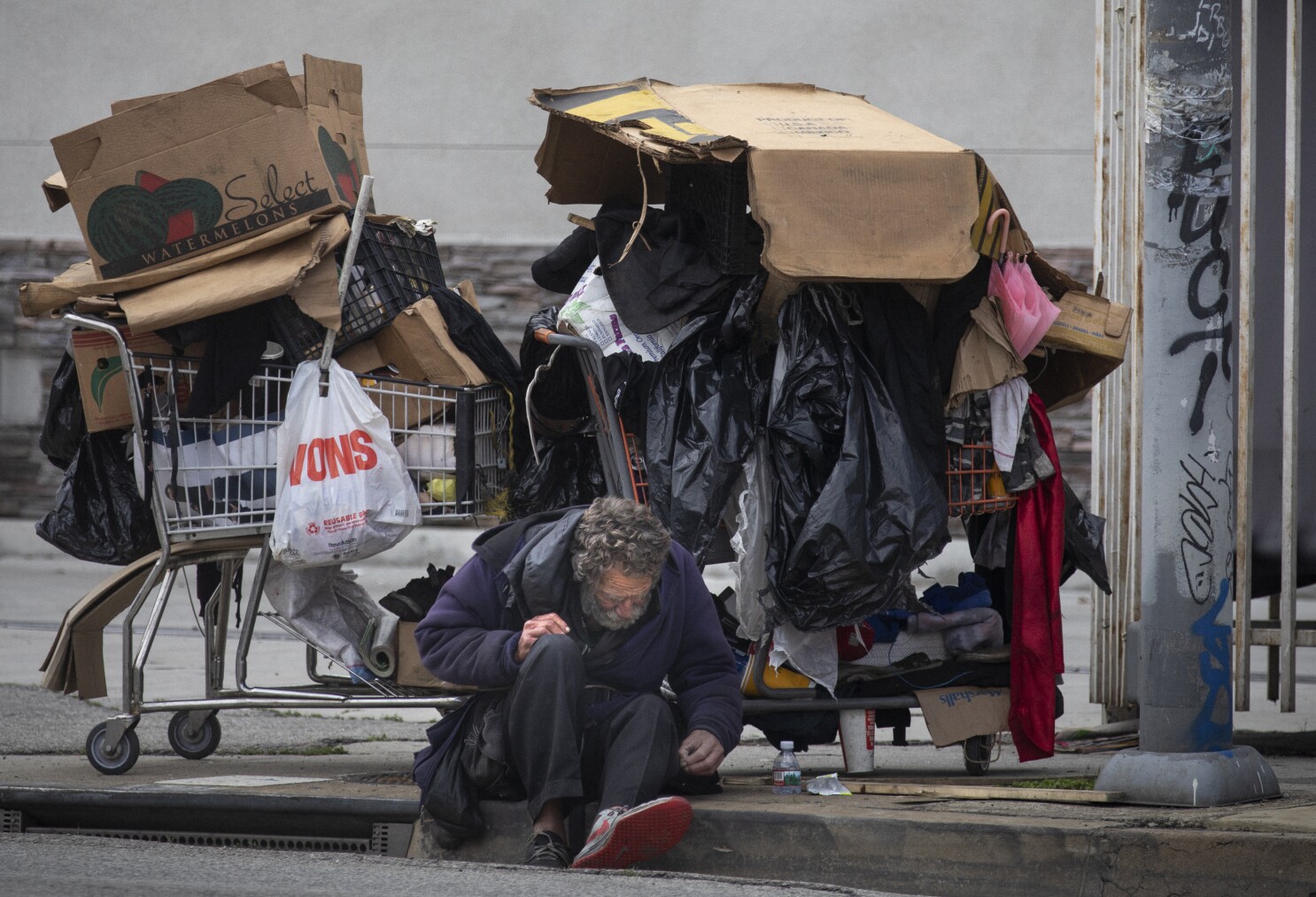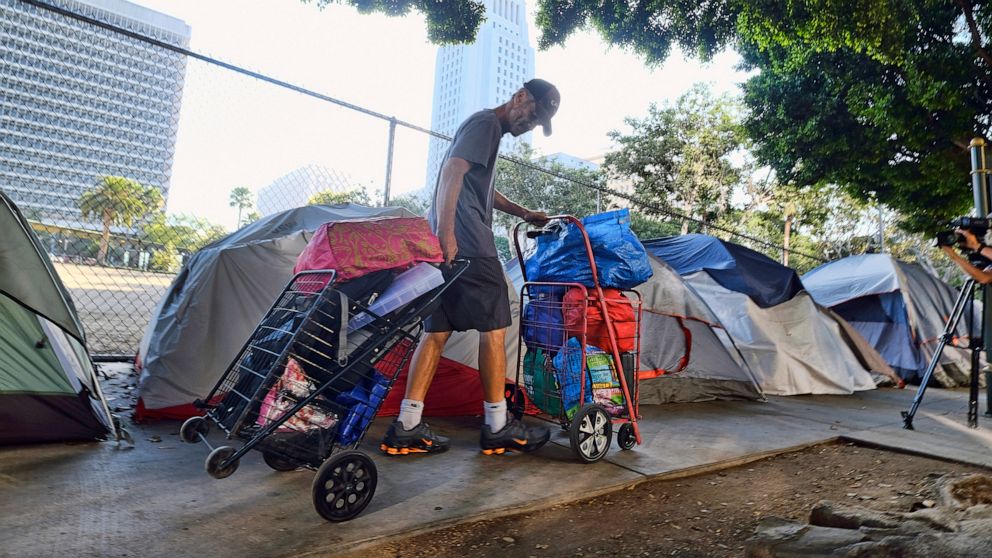People always talk about the struggles coming to America or not being able to get a work permit, and sometimes people mention how hard it is to file taxes. One thing that is rarely mentioned is the process of being a US citizen. About 30 years ago a man at the age 18 left his family to move to a new country just for a better life not only for himself but for his future family. When he first arrived in Los Angeles, California he was amazed by everything he saw, things that he never before seen back in his home. At the time anyone could sign up and take a language course, in which he did and learned how to speak, read and write english. During those times he was living with his uncle and searching for a job. It took him about a year or so to land on a job. For a while, after having a job in a convenience store this man wanted to do more so went on the hunt to find ways to get his truck drivers license. During those months of training on how to drive a semi-truck and getting to understand the truck he was still holding up the job he had at the convenience store. A couple years down the road, he got his trucker drivers license, fell in love, got married and had two beautiful daughters. Once his girls were at the toddlers age he and his wife decided to be U.S citizens since they heard it everywhere from friends, neighbors, and even family that it was easy to become a U.S citizen so how hard could it be for them? For 7 years, this man was in court and every year for his case and during this time this man and his family were not allowed to leave the state. In which, no one told him until he was already in a different state and with that he and his family had no other option but to move back to California. When they moved back, his girls were already 6 and 4 and the judge wanted to see his two girls and wanted to know how they looked. He brought his girls and wife to court for the judge to see. One of the little girls was afraid of what was going on but she knew why she had to be there. She was afraid of being in there because she didn't know if that was going to be the last time she was ever going to see her father, she didn't know how that day was going to end. Yet, at the age of 6 a child should not be afraid of losing their father nor having to be there at the court. There was a situation that happened to this man that could’ve helped him become a citizen. A couple years ago before he had his first child he was doing a load in Monrovia, CA where at one point this man was being held at gunpoint only because he out of everyone who worked in the warehouse spoked English in which they confused him as a manager. Later one due to the situation that happened this man later on was diagnosed with diabetes. Because of him being a victim of a criminal activity, he would’ve qualified for the U Visa. A U Visa is a type of visa that is offered to those who are a victim of a crime whether its trafficking or any type of criminal activity. He later on was called to court by the same judge to see if he was able to receive his permanent residence. A Lawful Permanent Residence also known as a Green Card means a person can live and work permanently in the U.S. Unfortunately, he was denied because he did not show up to court because he was not in the right state of mind to be able to go back to a certain point in his life where everything was going to end. After those 7 years the judge permanently banned his deportation, after spending so much money on permits they asked for, getting letter recommendations from people he knew stating that he and his wife are good citizens. Just for the judge to say to him “right now there is nothing for you.” He was only given a work permit and social security number and live in the U.S as a non-citizen. Back then the government was giving away social securities like they were work permits. The lawyer told him to wait until the oldest daughter turns 21 then she can help you get the citizenship. Years later he was denied again for some sort of reason that till this day the oldest daughter still does not know why. After 33 years this man has done nothing but work, pay his bills, do his taxes and send both of girls to college because he wants them to have a better life.
The story I told was the story of my father and what he had to go through as an immigrant in the United States and the little girl who was afraid of losing her father and is the same one who tried to help her father out once she turned 21 is also the same one who is telling the story of a side that is rarely mentioned and that is the struggles of the pathway to citizenship.
Sources :
https://www.uscis.gov/humanitarian/victims-of-human-trafficking-and-other-crimes/victims-of-criminal-activity-u-nonimmigrant-status
https://www.usimmigration.org/faq/what-is-the-meaning-of-status-of-residence#:~:text=Status%20of%20residence%20refers%20to,work%20in%20the%20U.S.%20permanently.




/cdn.vox-cdn.com/uploads/chorus_image/image/66927488/GettyImages_1207672093.0.jpg)




